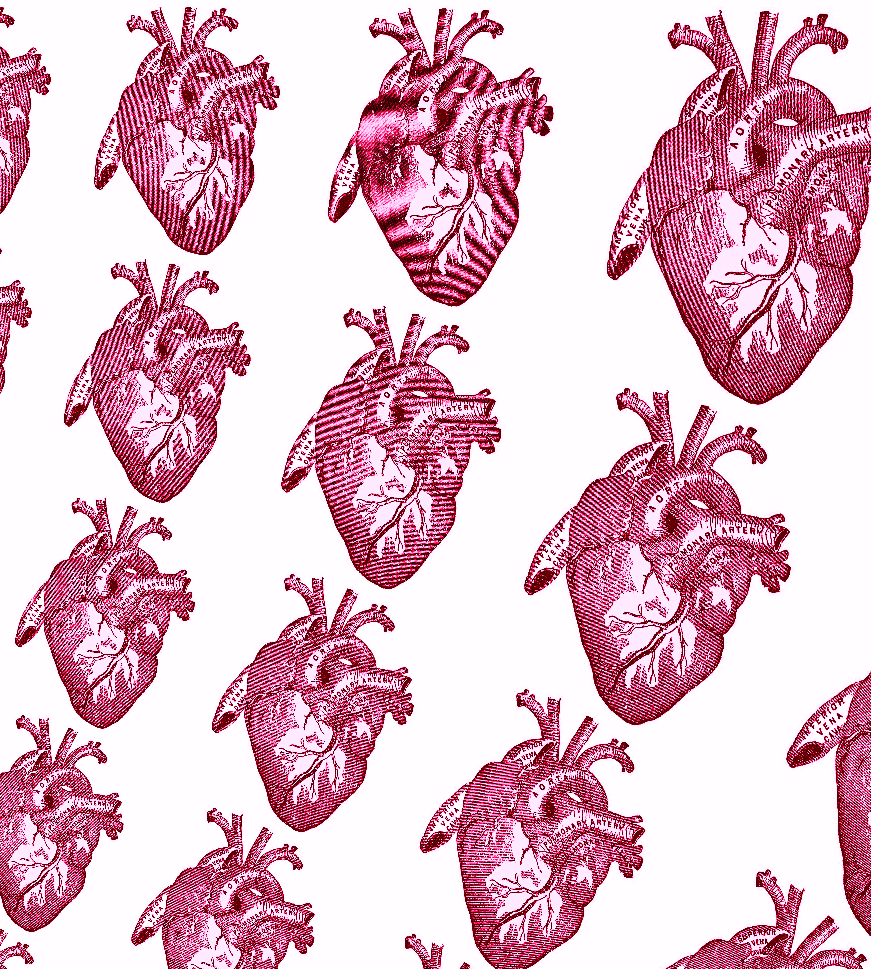Transplants transposed for better digital help
 The Health Department has launched a national clinical information system to enhance organ and tissue donation processes in Australian hospitals.
The Health Department has launched a national clinical information system to enhance organ and tissue donation processes in Australian hospitals.
The DonateLife Electronic Donor Record (EDR) could be an important step toward better information gathering and sharing between hospitals.
The EDR is a clinical information system used by donation specialists to replace paper-based records.
It will provide real-time access to essential information about organ donors from the donor referral, organ offer, donor management and organ retrieval processes.
From a clinical perspective, the EDR makes comprehensive donor referral data, medico-social history and family consent information readily available for consideration by transplant units and donation coordination specialists in a consistent format.
“The EDR replaces a 28-page paper-based form known as the Confidential Donor Referral Form. Donor coordinators would then spend many hours making phones calls and coordinating information with transplant units to identify a suitable recipient,” assistant Health Minister Fiona Nash said.
“The roll-out of the system will ultimately benefit Australians awaiting a transplant, donor families and donation and transplantation specialists,” she said.
“Time and access to consistent information are crucial factors in facilitating the organ donation and transplant process.”
In 2013, 1,122 Australian transplant recipients benefited from the generosity of 391 deceased organ donors and their families. In addition, in 2013 over 5,000 Australians received corneal or tissue transplants from tissue donors.
The EDR is separate to the organ donor register, which anyone can sign up to by visiting DonateLife.








 Print
Print